A’saan: Traditional Red Ochre Paint Found in Crow Eagle Reserve
Download: A’saan Lesson Plan.pdf (PDF format 218 kb)
*Disclaimer: The recording was done by amateur videographers so the quality may need to be enhanced when shared. Ensure that your sound system is at its loudest!
Applicable Grade level(s):
All grades K-12
Objective:
To understand how Blackfoot people sought out A’saan (Red Ochre Paint) and paid respect to the Ancient Ones in their quest for ceremonial face paint and for use in painted tipi design.
- To increase knowledge and understanding of:
- Siksikaitsitapi identity
- Akaa Piikani – knowledge of the ancient ones
- relationship to land, flora, fauna, water
- transferring knowledge of sacred places
- transferring knowledge of traditional paint
- significance of ceremonial songs
- Current use of ancestral practices
General Outcome(s):
Application
Students will use and apply Blackfoot in various situations at home, in school and in the community for different purposes. (Pookaiksi aakohtaomia’nistayissitapiiyaawa niitsi’powahssini.)
Language Competence
Students will be effective, competent and comfortable as Blackfoot speakers. (Pookaiksi aakaisokai’tsi’poyiiyaawa.)
Community Membership
Students will live peacefully with Mother Earth, others and themselves, guided by the Creator.(Po okaiksi aakayaahsopaatomoyiiyaawa ksaahkommiitapi ki noohkiitsimmiksi.)
Strategies
Students will know and use various strategies to maximize the effectiveness of learning and communication. (Maanistaakohkottsokiitsi’poihpi pookaiksi aakaissksinima’tsoohsiiyaawa.)
Specific Outcomes(s):
https://education.alberta.ca/media/563920/blackfoot-k-12.pdf
Grade 4
A2.2
Students will inquire about and express emotions and feelings (i.e. reasons for having traditional face painting).
Grade 2
LC1.4
Students will ask interrogative, simple questions: tsa, tahkaa, taka, tsima, tska, aahsa
Grade 8
CM1.3a.
Students will understand the meaning and significance of some practices and products related to Tsaahkomm (Mother Earth).
Grade 11
(BLC 20)
S4-1a
Students will use appropriate cognitive, metacognitive and social/affective strategies effectively to enhance general learning in a variety of situations.
Key Words (English & Blackfoot):
Prepare your learners for success by pre-teaching key vocabulary words that are essential to understanding the concept or text you will introduce to them.
(See attached Key Words – PDF format 57 kb)
Materials:
What will you need to teach this lesson?
- Map of Blackfoot Territory
- Map of Southern Alberta (showing Crowsnest Area)
- Piikanissini
- See attached on-line resources (www.piikani.ca => BFC Ed Conference Online Resources)
This includes student supplies as well as your own.
Don’t forget about technology, hand-on approach/manipulatives
i.e Books/articles, Videos/websites, Elders
Plan:
Pre-Instructional Assessment:
Teacher will check for student’s prior knowledge. Large group brainstorming learner responses, 5W’s. How does this apply to your site tour as land/place based learning?
- What do you know about Southern Alberta’s rivers and mountains? What are their names? Are they within Blackfoot traditional territory?
- Where is the traditional territory of Siksikaitsitapi? Best estimate – Where is Crow Eagle Reserve?
- What is Siksikaitsitapi connection to land?
Instructional Strategies:
Teacher/elder will talk about the topic of the lesson.
The lesson is based on a site tour perhaps, using a map to locate site.
Explaining about the topic and how it is significance to the Piikani people.
Discussing Pre-contact, and/or post-contact history.
Using manipulatives/hands-on material to demonstrate further.
- Introduce the videos:
- There are a series of 4 videos varying in length from 3 minutes to 30 minutes in length.
- Introduce Elders Leonard and Audrey Weasel Traveller (Piikani) and Knowledge Keeper Danny Pard (Piikani).
- Show a video and discuss with students at the end of each using assessment questions below.
- View videorecordings
- What did they observe about these events? Look at the landscape – what do you see?
- In the introductory video, listen for key vocabulary words.
- Students may ‘sketch’ (on looseleaf, in notebook, sketchpad) what they are learning during video (as means of memory-making). Add key vocabulary words to your sketches.
Closure/Review/Summary:
This is where you “wrap it up.” It’s a quick synopsis of the lesson.
You may want to ask students to pair share or to share out something they learned that period, or to provide an example of the concept taught.
- Reference your ‘sketch’. What do you remember?
- For presentation, this could be allowing participants time to share anecdotal information.
- Do students understand the difference and/or similarities between western science/worldviews and Indigenous science/worldviews?
- Grade 11/BLC 20 – Do students have an understanding of Blackfoot traditional face painting? What value do Blackfoot people attribute to this type of ceremony?
Post-Instructional Assessment:
For each lesson, consider which assessment type best measures the learning outcome.
For example, a quiz, drawing/sketch, recreating a mini hands-on project, or writing a rough draft.
- Grade 2: Have student do drawing/sketch Pahktommstikimi
- Grade 4: Have student do an oral quiz of Blackfoot key words
- Grade 8: Have student interview an archeologist or geologist on ‘red ochre’.
- Grade 11/BLC 20: Have students attend a ceremony – do a presentation on their interpretation identifying their connection to the teachings and do oral quiz of Blackfoot key words
Extension: What can BFC participants do to extend the activity?
- Introduction to traditional face painting, prayer, and making a vow.
- Ceremonial protocols (dress, seating plan, foods, use of language/name, etc)
- Napi stories to extend learning of relationship with animals and other beings


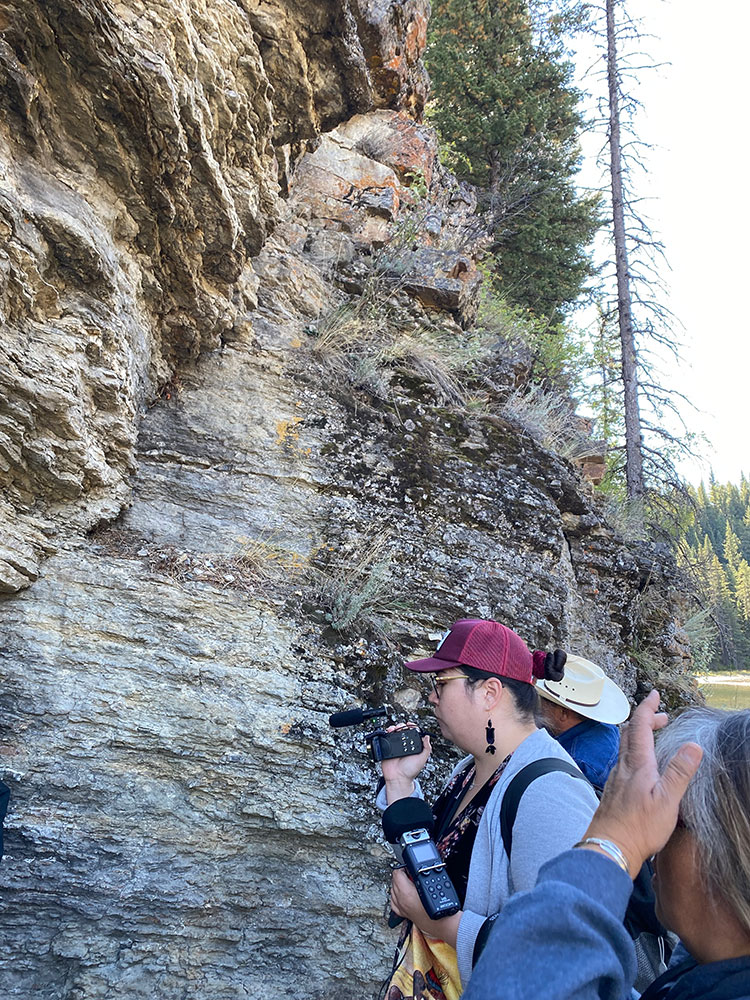
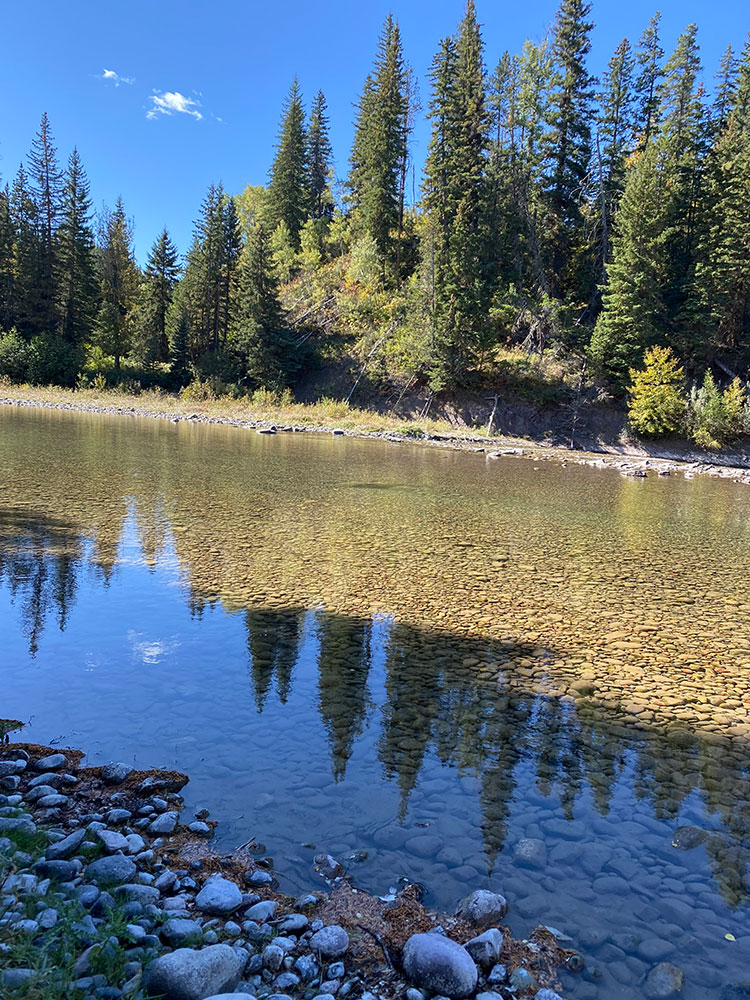
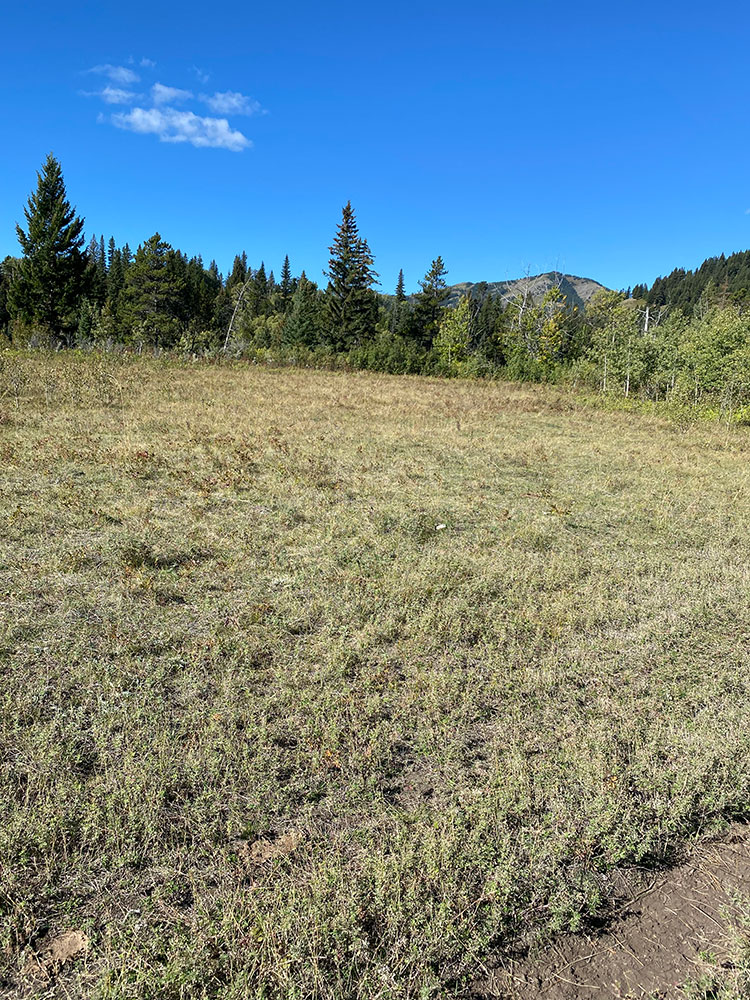
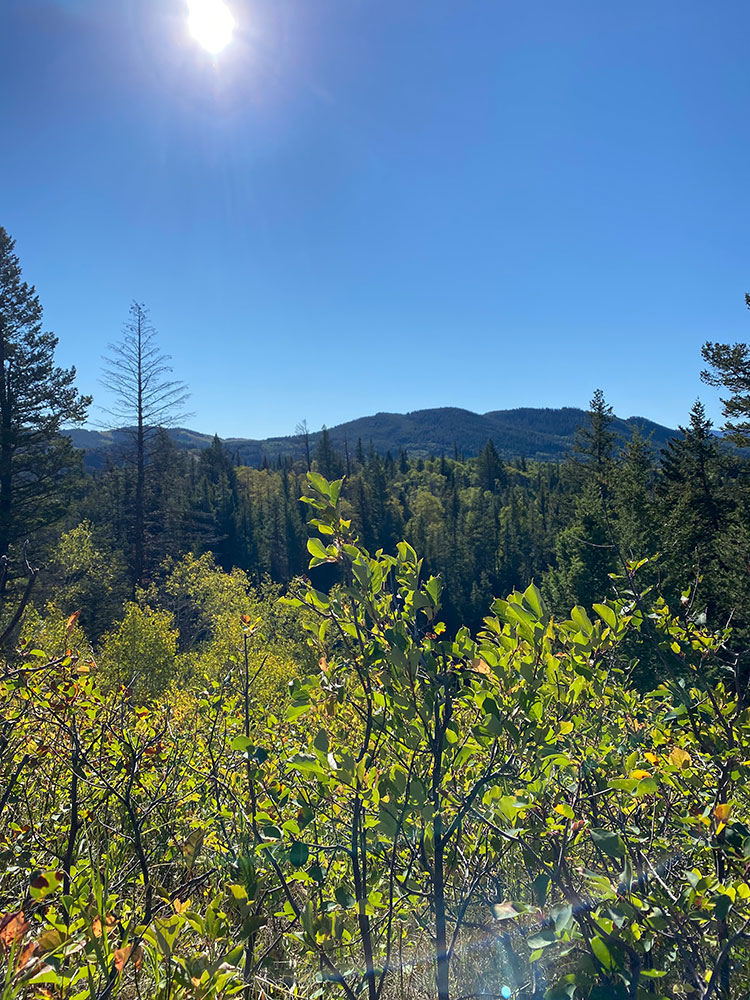
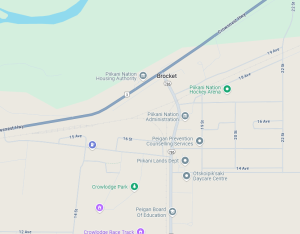 1805 12 Ave, Brocket, AB T0K 0H0
1805 12 Ave, Brocket, AB T0K 0H0